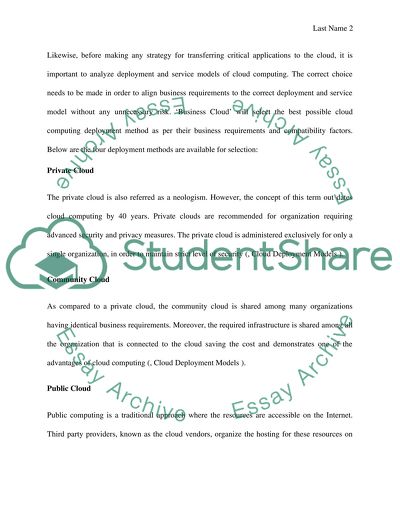Cite this document
(“Business Cloud Essay Example | Topics and Well Written Essays - 4000 words”, n.d.)
Retrieved from https://studentshare.org/information-technology/1397262-business-cloud
Retrieved from https://studentshare.org/information-technology/1397262-business-cloud
(Business Cloud Essay Example | Topics and Well Written Essays - 4000 Words)
https://studentshare.org/information-technology/1397262-business-cloud.
https://studentshare.org/information-technology/1397262-business-cloud.
“Business Cloud Essay Example | Topics and Well Written Essays - 4000 Words”, n.d. https://studentshare.org/information-technology/1397262-business-cloud.


